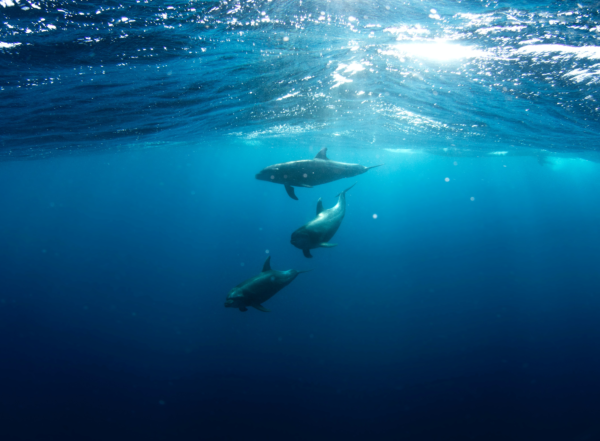Researchers in Scotland have developed a tool to help ensure porpoises are not being harmed by the construction of offshore wind farms. The pile driving required to build offshore turbines can harm or even kill noise-sensitive marine mammals like porpoises.
To move them away from the construction sites, acoustic deterrents (ADDs) are often installed underwater: delivering sound at specific frequencies and volumes that temporarily drive the porpoises away.
These devices have been used for years, but it was hard to precisely track how far the porpoises were traveling, and for how long. Without knowing this, no one could be sure if the animals were avoiding harm.
Confirmation of injury avoidance
But researchers have improved the technology to track the marine mammals, confirming in fact that they were avoiding injury caused by noise from the turbine building site in the study area.
“It’s the first time that we’ve been able to directly show that the porpoises are swimming directly away from the ADDs… which is what we want,” lead author Isla Graham of the University of Aberdeen told AFP.
The findings, published in Biology Letters, help to assuage fears that building offshore wind farms harm nearby cetaceans, by ensuring that ADDs actually work.
‘Seal scarers’
ADDs, colloquially known as “seal scarers”, were initially designed to keep seals away from fish farms and agricultural sites.
They are commonly deployed during the construction of offshore wind farms, to clear the surrounding site of sound-sensitive animals like porpoises whose hearing can be harmed by noisy pile-driving.
The study, conducted in 2019 near the Moray East offshore wind farm in the North Sea off the Scottish Coast, found that about half of the porpoises moved up to five miles from the site during the piling.
Further information on this story can be read in PhysOrg and AFP. The full peer reviewed journal paper can be read here.
